Table of Contents
Imagine growing up in the very car you’d one day call your own – a rarity among car enthusiasts, but a dream come true for Tanya, a devoted mother and car aficionado.
Tanya’s prized possession is a 1971 Plymouth Cuda 383 four-barrel with a three-speed automatic, a beautiful V8 legacy passed down to her by her beloved mother in 2011.
For Tanya, this car holds more than just horsepower; it carries cherished memories that span back to her childhood visits to the Carlisle car show with her mother – a tradition that began 28 years ago.
The Soulful Heartbeat of the ‘1971 Plymouth Cuda
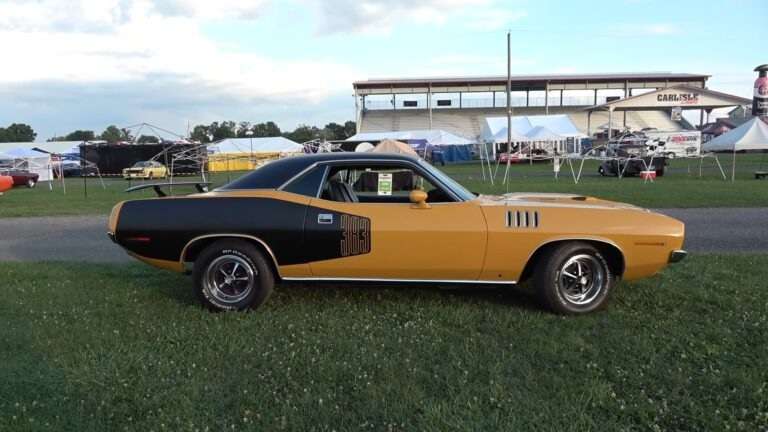
In the world of big-block engines, the 383 cubic-inch V8 stands as an unsung hero. This reliable and robust engine, affectionately nicknamed the “383 Super Commando,” powered the 1971 Plymouth Cuda owned by Tanya.
Over the years, the throaty roar of this V8 engine became Tanya’s trusted companion, evoking a deep sense of connection and nostalgia. To her, the sound of the ‘Cuda’s engine was akin to a mother’s heartbeat during an ultrasound – a profound and poetic tribute to Mother Mopar.
The Enduring Muscle V8s
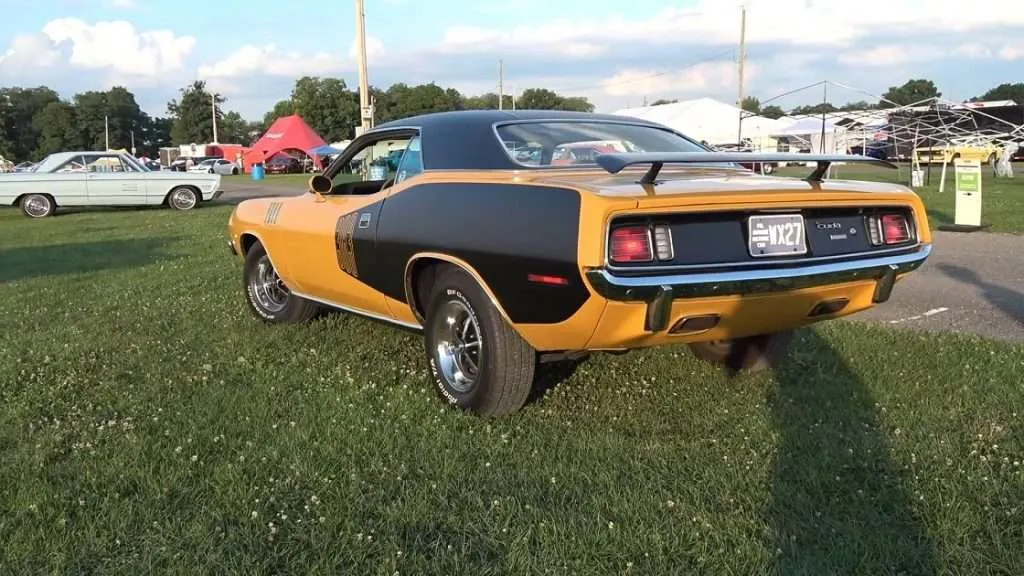
The ’71 ‘Cuda, as Plymouth’s performance breed, proudly housed the muscle V8s that epitomized the era. Tanya’s cherished car boasts the standard ‘Cuda-only 383 V8, which has graced the road with over 96,000 miles (approximately 155,000 kilometers) of unforgettable memories.
You may also read: Pamela Anderson’s 1960 Cadillac Series 62 Convertible Sold for $115K
Other available engine options included the 340 four-barrel, the 440 with triple dual-barrels, and the legendary 426 HEMI, each contributing its unique allure to this impressive lineup.
The Timeless Connection
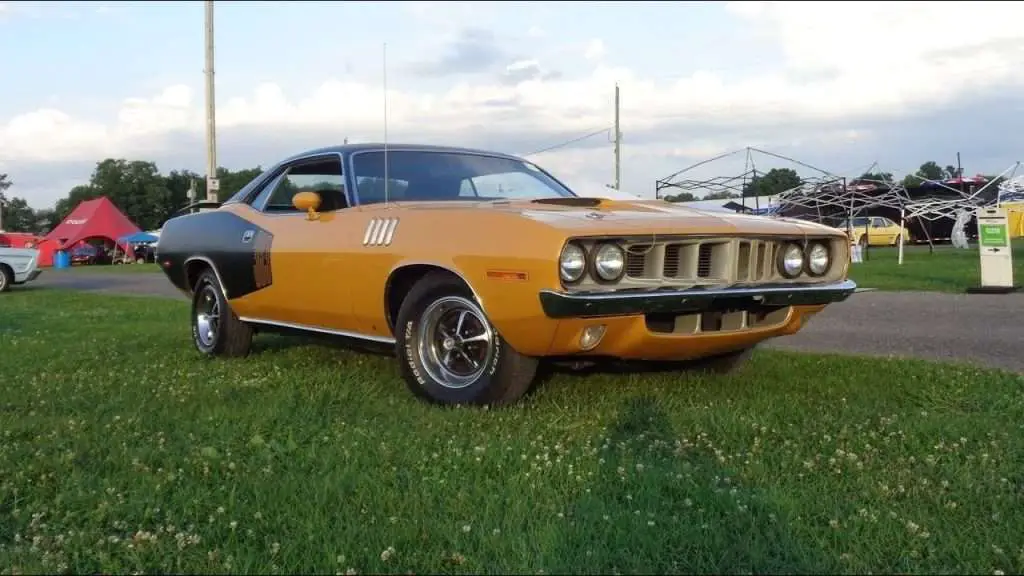
For Tanya, her 1971 Plymouth Cuda represents much more than a classic car; it symbolizes a journey through time intertwined with cherished memories passed down from her mother. As she turns the key, the throaty growl of the 383 V8 engine transports her to a place where the past and the present coexist, and her passion for cars and family merge into one beautiful symphony.
A Legacy Preserved

Tanya’s ‘1971 Plymouth Cuda is not just a car; it’s a testament to the enduring legacy of American muscle cars and the power of shared experiences. It serves as a reminder that some bonds are meant to be cherished and passed down through generations, creating a timeless connection that transcends the metal and rubber of the automobile.
The Underrated Marvel of Detroit: Plymouth Barracuda

In the vast world of muscle cars, the Plymouth Barracuda remains an underrated gem that often plays second fiddle to its more celebrated counterpart, the Mustang.
While the Mustang holds the title of being the first pony car, the Barracuda actually hit the roads two weeks ahead, making its debut on April 1, 1964. Despite being mechanically and chronologically first, the Barracuda’s place in history has been overshadowed, but its impact on the automotive world remains undeniable.
The Legacy of Power and Performance
The Barracuda, and by extension, the 1971 Plymouth Cuda, showcased Mopar’s dedication to the muscle car era. In 1970, Mopar introduced the ‘Cuda and its sibling, the Challenger, both based on the newly minted E platform.
While these two muscle cars may appear strikingly similar at first glance, they shared no common parts. What they did share were the exhilarating go-fast elements: engines, transmissions, rear ends, and suspensions – all the ingredients that made tire-smoking magic.
Unveiling the Timeless Design
The 1971 Plymouth Cuda can easily be distinguished from its third-generation siblings by its quad headlights and distinctive cheese grater grille.
One unique feature exclusive to the 1971 model year was the set of quadruple vents on the front fenders, affectionately known as the “shark gills.” Additionally, the ’71 ‘Cuda proudly showcased its performance credentials with bold decals proudly displaying the 383 cubic-inch V8 displacement behind its doors.
The Power and the Evolution
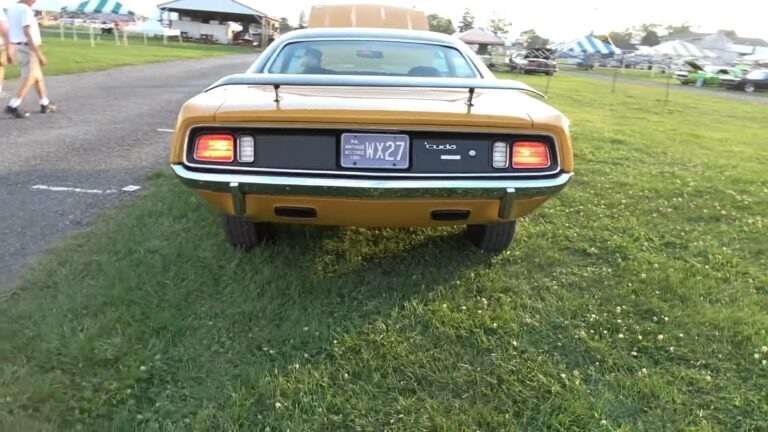
The 383 V8, a formidable engine choice for the ’71 ‘Cuda, struck a perfect balance between power and efficiency. Producing 300 gross horsepower and 410 lb-ft of torque in 1971, this engine provided a thrilling driving experience without the insatiable fuel thirst of its more powerful counterparts, the 426 HEMI and the 440.
You may also read: A 1970 Plymouth Superbird that had been abandoned for 30 years receives a new lease on life.
However, as the Malaise era approached, emissions regulations began to take a toll on horsepower, resulting in a detuning that lowered the compression ratio from 9.5:1 in 1970 to 8.5:1 in 1971, reducing the engine’s output to 335 gross horsepower.
This is a Muscle Car Girl ! 1971 Plymouth Cuda (Video)
An Overview of The Iconic 1971 Plymouth Cuda
The 1971 Plymouth Cuda stands proudly as an iconic American muscle car, revered by automotive enthusiasts for its raw power, striking design, and lasting influence on the industry. This legendary vehicle holds a special place in the hearts of Americans and continues to captivate collectors and fans alike.
In this section, we will delve into the rich history, design elements, performance capabilities, and collectibility of the 1971 ‘Cuda. Additionally, we will explore the world of restorations and modifications, provide tips for potential owners, share heartwarming memories, and address common questions about this revered classic.
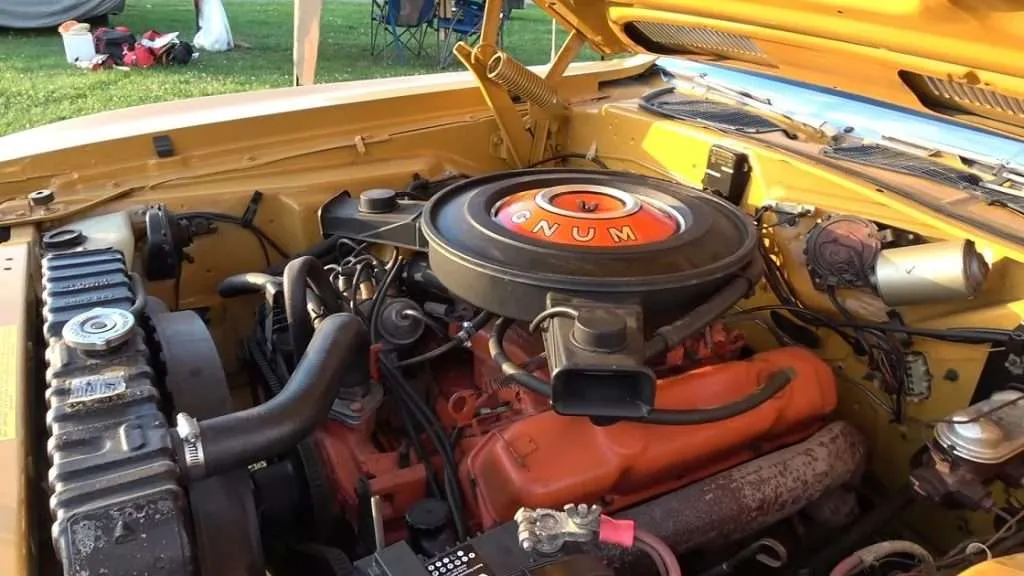
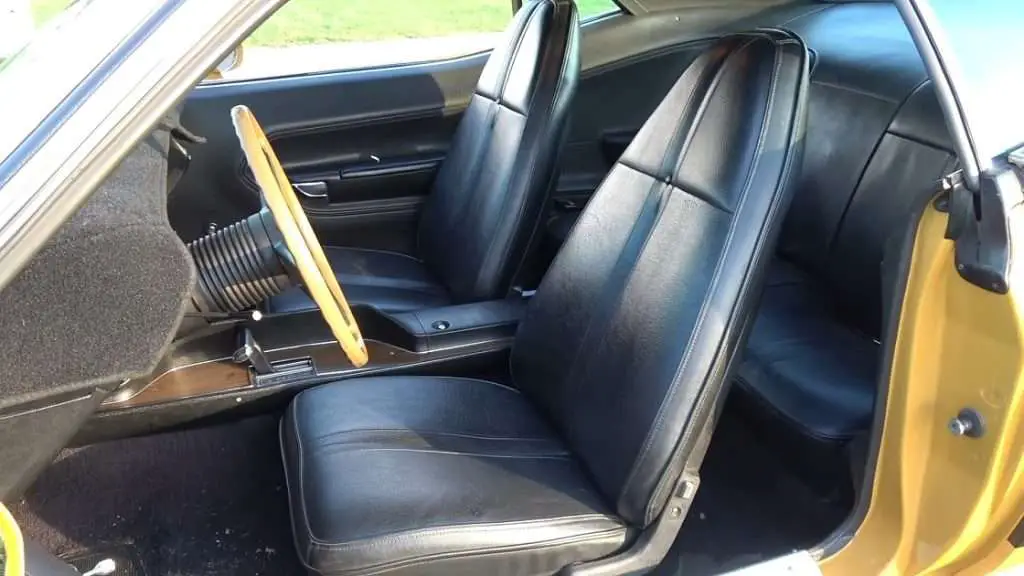
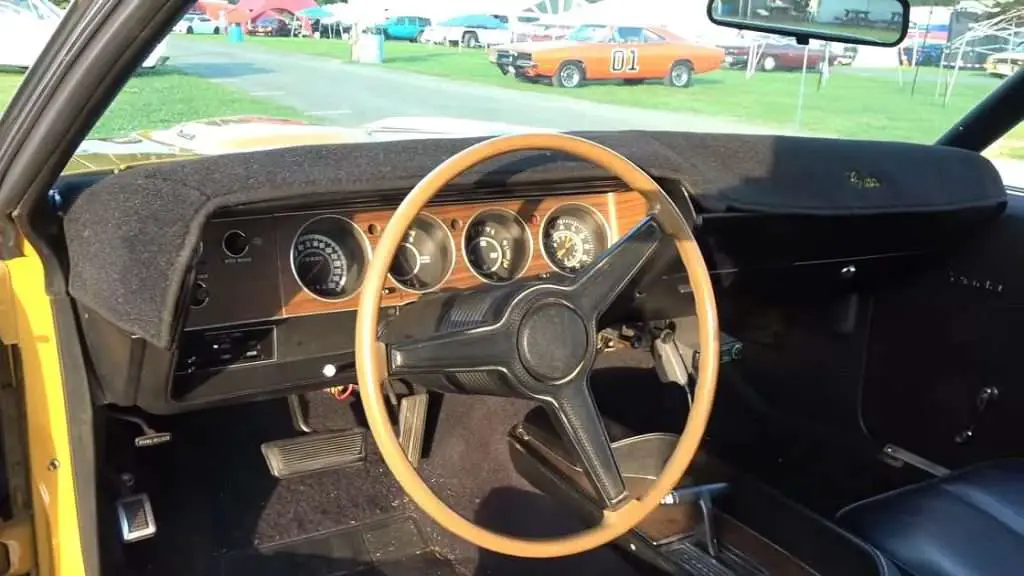
Evolution of the Plymouth ‘Cuda
The history of the Plymouth ‘Cuda traces back to its introduction as a high-performance variant of the Plymouth Barracuda in 1964. As the demand for muscle cars surged, the ‘Cuda evolved to meet the growing expectations of American car enthusiasts. By 1971, the ‘Cuda had established itself as a formidable contender in the muscle car arena, boasting an aggressive appearance and unmatched performance.
Design and Features
The 1971 Plymouth Cuda was a sight to behold, characterized by its distinctive dual grille and shark gill side vents. Its sleek and muscular profile exuded power, while the shaker hood scoop added a touch of intimidation. Inside the cabin, the ‘Cuda offered a driver-centric layout with premium materials, setting it apart from other muscle cars of its era.
Performance and Engine Options
Under the hood, the 1971 ‘Cuda boasted a lineup of potent engines, including the legendary Hemi V8, which produced an astounding 425 horsepower. The ‘Cuda also offered other engine options, such as the 440 Six Barrel and the 383 V8. These powerplants combined with performance enhancements made the ‘Cuda a force to be reckoned with on the streets.
Impact and Legacy
The 1971 Plymouth Cuda left an indelible mark on the American automotive industry, embodying the spirit of the muscle car era. Its roaring engines and eye-catching design captivated a generation of car enthusiasts, solidifying its place in automotive history. The ‘Cuda’s legacy extended beyond its production years, influencing the design and performance of future muscle cars.
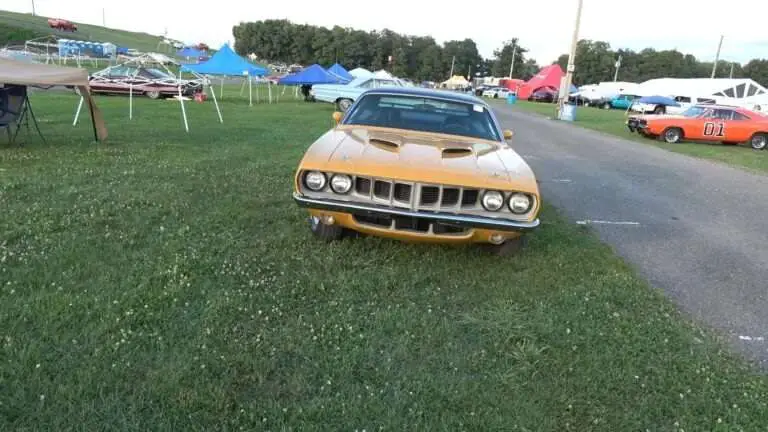
Collectibility and Value
Today, the 1971 ‘Cuda is a highly sought-after collectible, with certain limited-edition models and rare variants commanding a premium among collectors. The combination of scarcity, historical significance, and timeless design has led to an appreciating market value for these classic cars.
Restorations and Modifications
Enthusiasts passionate about preserving the ‘Cuda’s legacy often embark on restoration projects, bringing these vintage muscle cars back to their former glory. Additionally, a thriving aftermarket industry caters to those seeking performance upgrades and custom modifications to enhance their ‘Cuda’s power and aesthetics.
Owning a 1971 Plymouth Cuda
For those considering ownership, owning a ‘Cuda is a rewarding but challenging experience. Finding a well-preserved example and maintaining it in pristine condition requires dedication and a love for automotive craftsmanship. However, the joy of driving a piece of American automotive history makes every effort worthwhile.
Memories and Nostalgia
The ‘Cuda holds a special place in the hearts of many car owners and enthusiasts who fondly recall the roaring engines, exhilarating drives, and the camaraderie among fellow ‘Cuda fans. It serves as a time capsule, transporting them back to the golden age of American muscle cars.
Conclusion
The 1971 Plymouth Cuda remains an enduring symbol of American automotive excellence. Its timeless design, raw power, and lasting legacy continue to inspire car enthusiasts worldwide. Whether you’re a collector, an owner, or simply an admirer of classic muscle cars, the ‘Cuda’s allure is undeniable. Let’s move on to explore another chapter in the automotive world’s rich history.
Frequently Asked Questions
How many 1971 Plymouth Cuda cars were produced?
The exact production numbers of the 1971 ‘Cuda varied across engine options and body styles, but approximately 6,228 ‘Cuda hardtops and 374 convertibles were built. units were produced.
What is the most powerful engine option for the 1971 ‘Cuda?
The 1971 ‘Cuda’s most powerful engine option was the legendary 426 Hemi V8, generating an astonishing 425 horsepower.
What makes the 1971 Plymouth ‘Cuda a classic muscle car?
The ‘Cuda’s combination of powerful engines, bold design, and significant influence on the muscle car genre solidifies its status as a classic muscle car.
Are original 1971 ‘Cuda cars rare to find today?
Yes, original and well-preserved 1971 ‘Cuda cars have become increasingly rare, making them highly coveted by collectors.
How much does a well-maintained 1971 Plymouth ‘Cuda cost today?
The cost of a well-maintained 1971 ‘Cuda can vary significantly based on factors like condition, rarity, and specific model, but prices can range from $126,000 to $325,000.
#1971 PLYMOUTH ‘CUDA #PLYMOUTH ‘CUDA #PLYMOUTH BARRACUDA #PLYMOUTH #MOPAR #CHRYSLER #MUSCLE CAR #CLASSIC MOPAR


